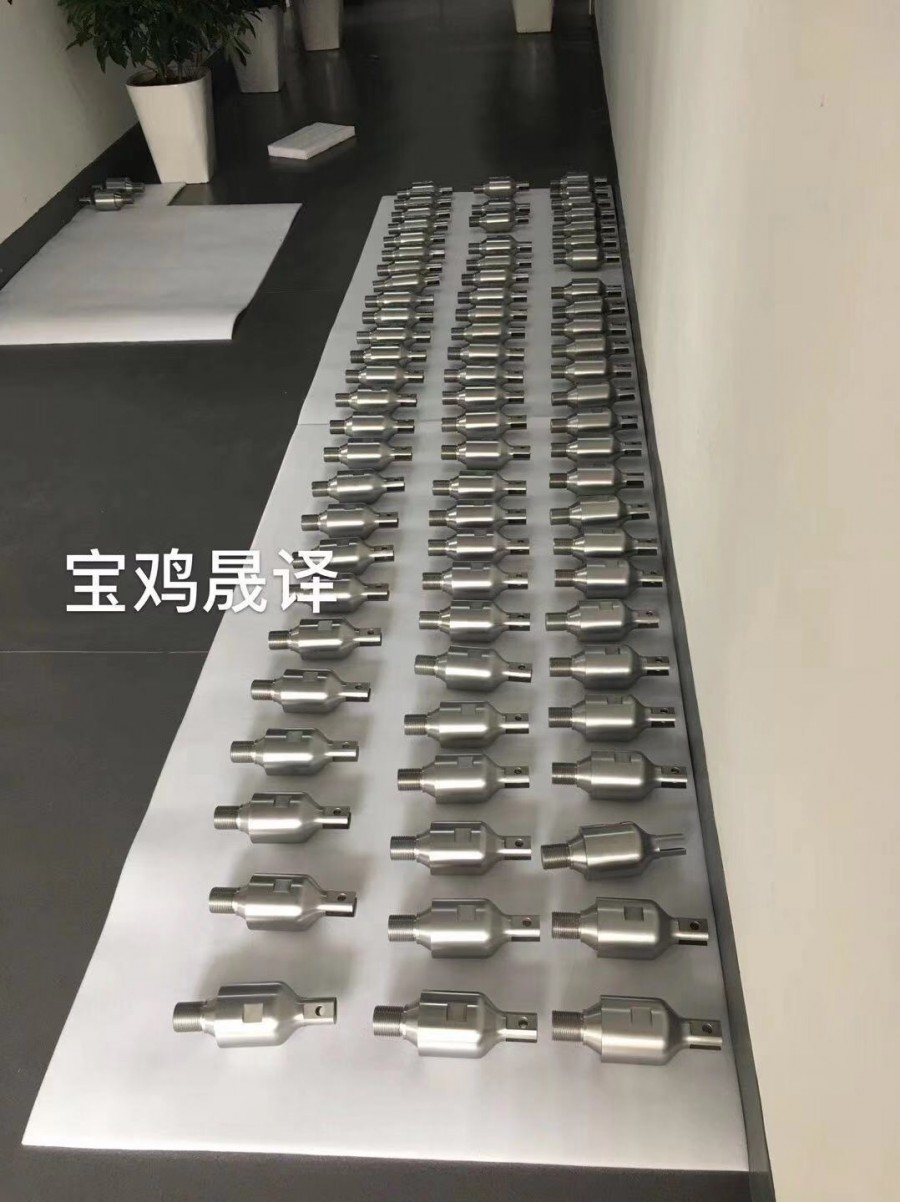Processing Method Of Molybdenum[ Info Diffusion:This station | Time:2019-08-08 | Hits:1517 ] |
Processing Method Of Molybdenum
The production of molybdenum processing is to produce ingots by powder metallurgy or vacuum smelting, and then to produce plates, strips, foils, tubes, rods and wires for processing parts. The following points must be noted in order to successfully process these materials into industrially required parts. The first is the tool. For pure molybdenum, the ordinary hard alloy tool can be used. The molybdenum material has high rigidity, strong bonding force and is not easy to be deformed. The pin cutter should be sharply sharpened during turning. The front and back edges of the knife should be very smooth, slightly increase the front angle, and then select the medium speed cutting speed and the larger feed amount. Generally no cutting fluid is needed. Picking wire is a key point in molybdenum processing. The key to doing well is patience. The knife should be carefully ground. Sharpness and angle are the key points. Moderate speed, small feed volume, concentrated energy, repeated times, fine grain triangle after in place. Squeeze the burr at medium speed to ensure a smooth mouth. The molybdenum seed chuck requires a high degree of concentricity. Pay more attention during the processing. Each time the dressing should be marked, the concentricity can be ensured. There are basically five kinds of conditions for the processing of molybdenum sheets, namely, reeling, twisting, bending, punching and punching. According to the thickness of the molybdenum plate, the deformation operation can be completed at normal temperature below 1mm, and the heat is required to be 1.0 or more to prevent delamination or breakage. If it is 2.0 or more, it needs to be heated to a red (dark red) plate of about 500 degrees, but to prevent it. Recrystallization of the superheated molybdenum will make the parts brittle, affecting the safety and service life. When bending, the bending axis should be perpendicular to the main drawing direction, and the small workpiece should be made by cross-cutting the board. The stamping of molybdenum parts requires high precision for the mold. Because molybdenum is not easily deformed, it should be heated during processing, and the stamping speed should be adjusted to match the deformation speed of molybdenum. This should be done according to the degree of specific deformation. Deep hole tapping of molybdenum, due to the high wear resistance of molybdenum, the tapping of dozens of nut taps will be worn and replaced. It is slightly larger than the standard hole when punching. This should be controlled to ensure the wire teeth. The height is not less than 70% of the standard, and the speed is medium speed, otherwise the parts will be broken. Deep hole tapping (more than 3 times the hole diameter) should be changed for 3 taps, otherwise it will make a sharp sound, the tap breaks, and the parts will be scrapped, causing great loss. Due to the hardness and high friction of molybdenum, high temperature is formed on the cutting surface during the cutting or drilling of the pin to form a hard point. If the operation is repeated, the tool will be severely worn and annealed. When it occurs, it will be solved by applying some oil on the cutting edge. Rolling, forging, turning, punching and grinding in molybdenum processing will produce metal dust, which will cause great harm when inhaled into the human body. The tungsten and molybdenum processor must first protect itself.
|
| Print | Close |



